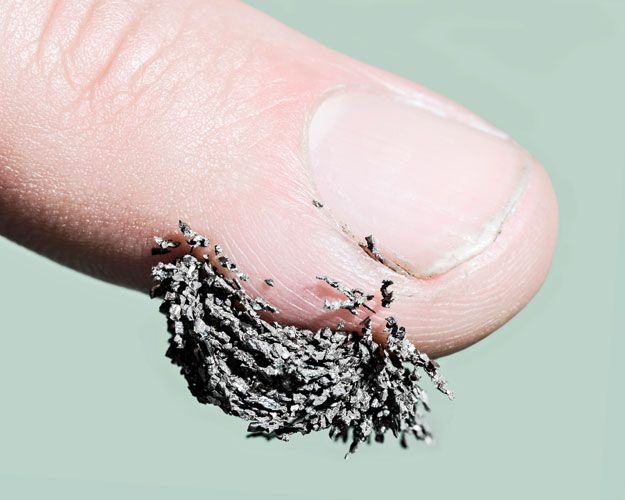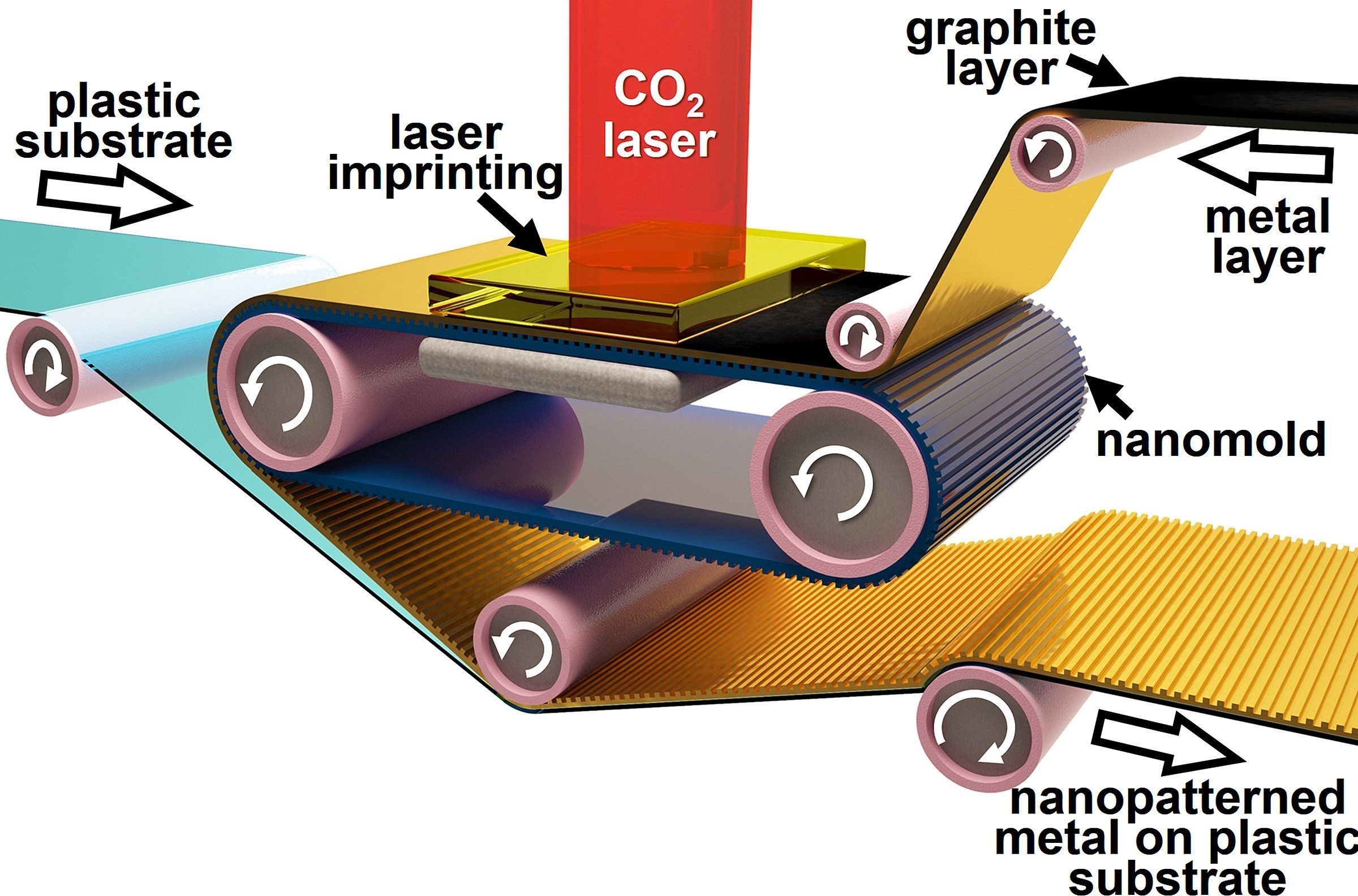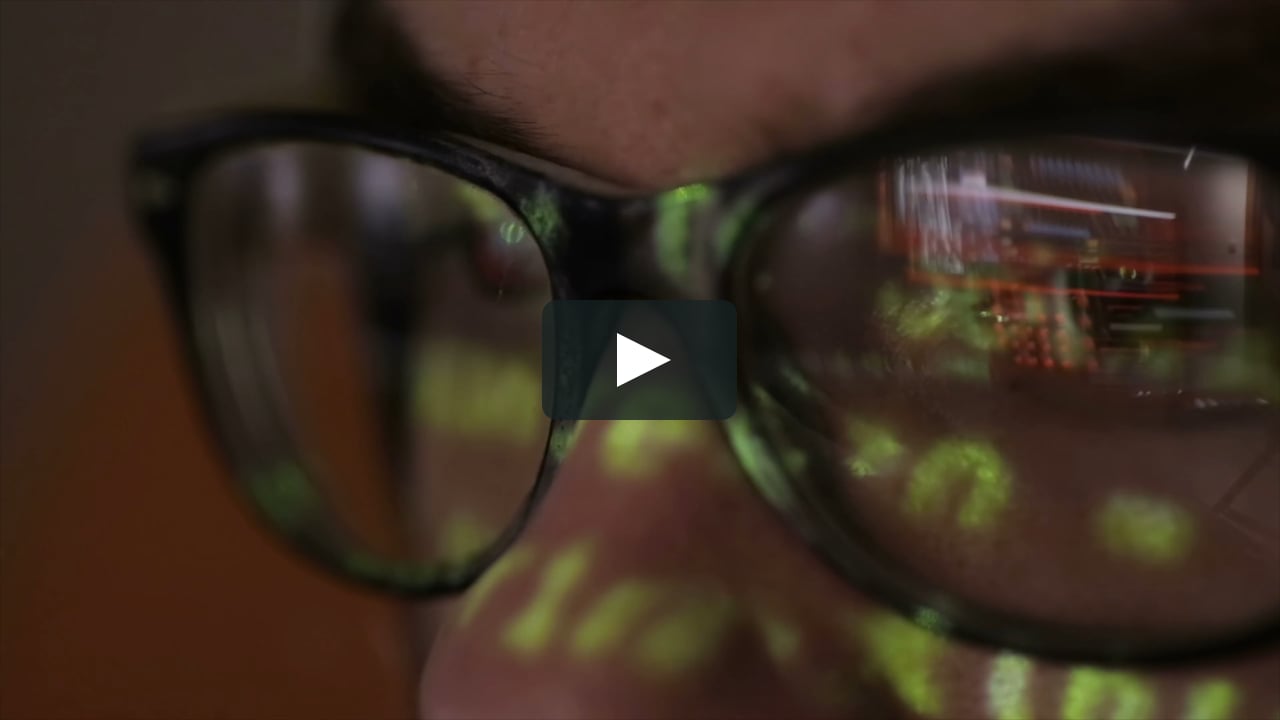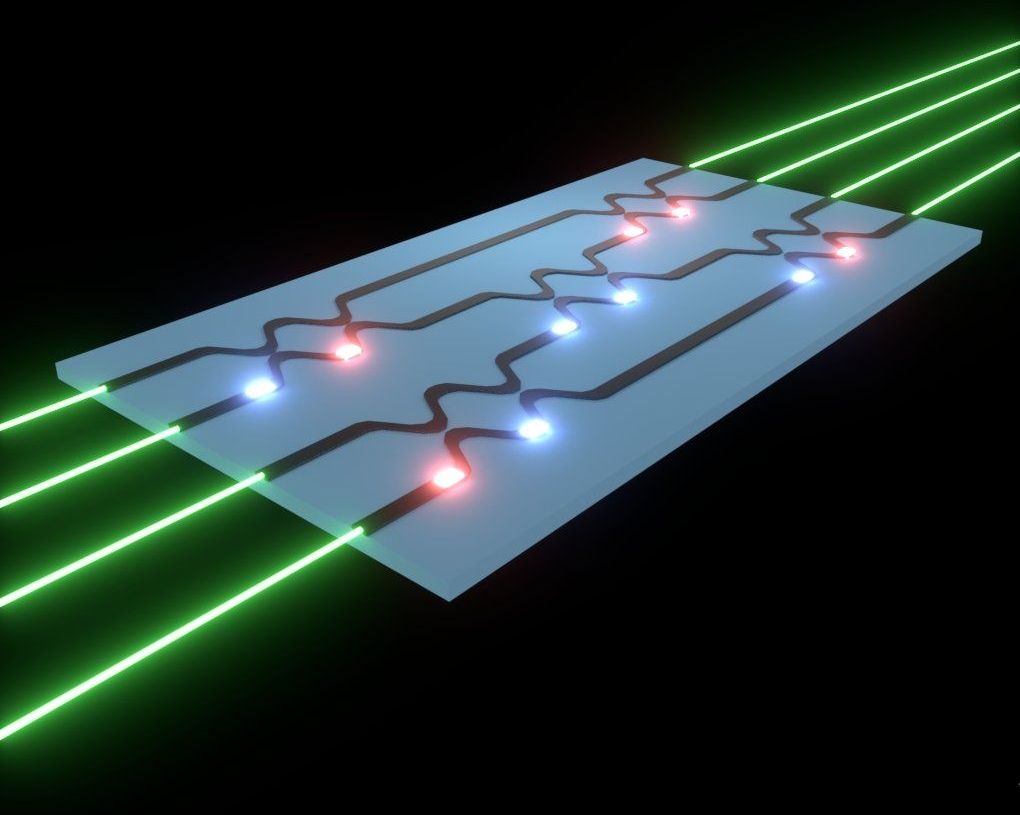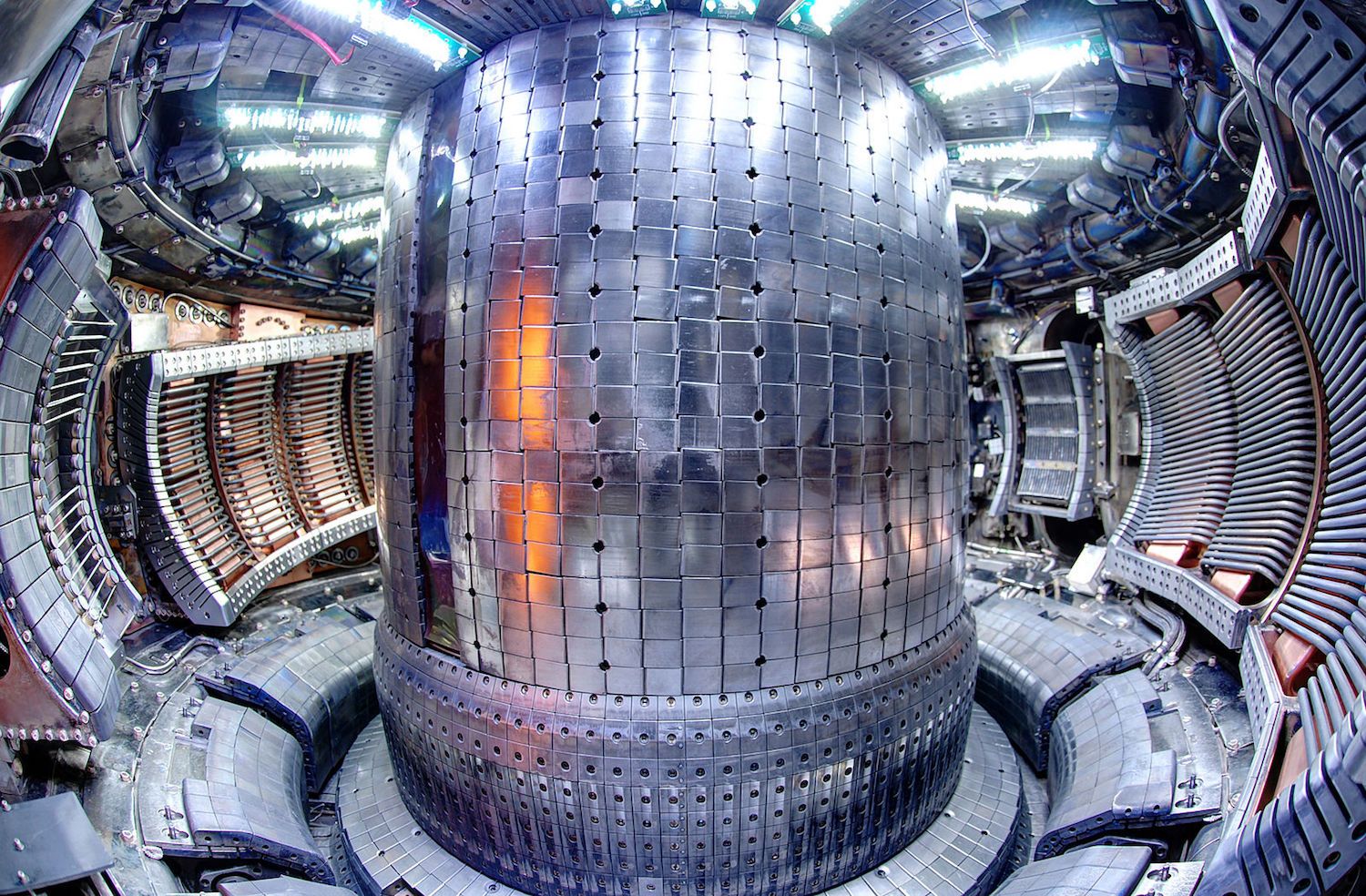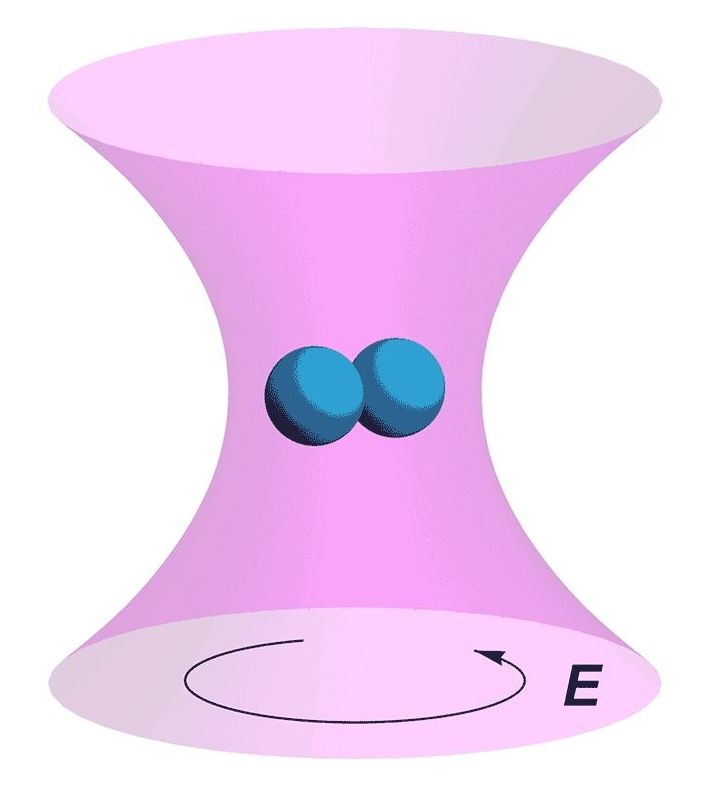We are immensely proud to continue a long tradition of aeronautical expertise that helps maintain security and defend nations as well as bringing significant economic, technological and skills benefits. The UK Government has launched its Combat Air Strategy at the 2018 Farnborough International Air Show with the aim of delivering the next generation of combat air capability by 2035.
UK military aircraft technology
Posted in economics, government, military

